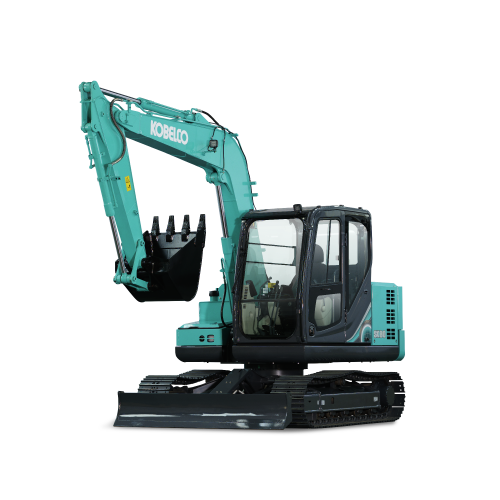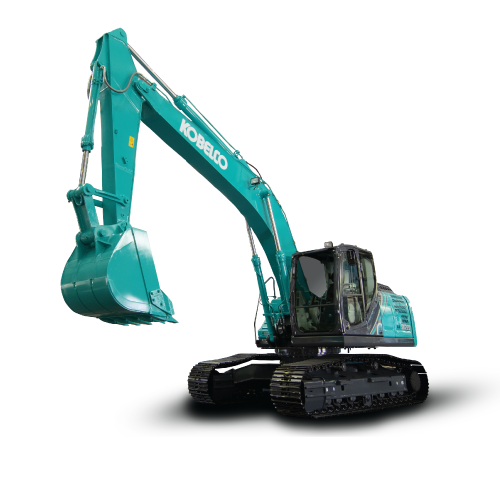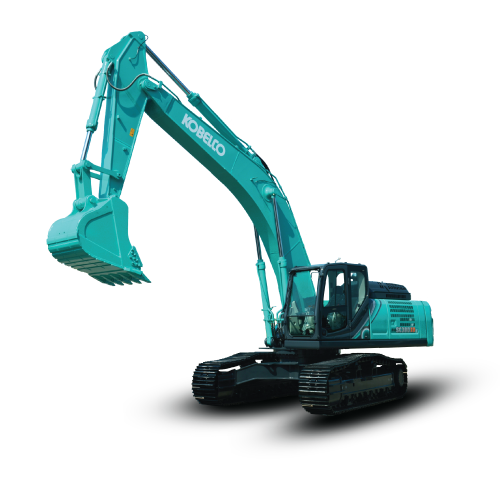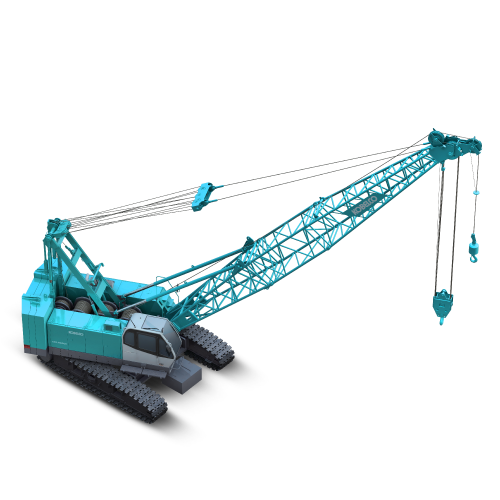The combined effect of the budget stimulus and the easing of the pandemic is most likely to galvanize activities rapidly.
Equipment Times
As the government aspires to grow Indian economy to $5 trillion by 2025, how do you look at the Union Budget 2022 – 23 unlocking opportunities for India’s CE industry?
There is a clear intent displayed in that direction considering the pronouncements. Over the next few years, the infrastructural development activity that is expected to be generated should propel the CE industry on a definite growth path. The growing share of various segments of the Infra sector as well as Mining and other related initiatives are strong signs of positive intent to make the $5 trillion by 2025 a possibility.
How do you think this budget will help in pushing investments in the infrastructure, construction and mining space especially after a stagnant period of the Covid-19 pandemic?
The events of the last two years have been mostly impacted by the Covid pandemic, otherwise the trend was certainly for growth. Now with the receding effect of the third wave, the return to near normalcy should be imminent. The combined effect of the Budget stimulus and the easing of the pandemic is most likely to galvanize activities rapidly. We can look forward to an upswing of demand for Construction equipment.

E. Moses
Vice President – Division & National Head, Kobelco Construction Equipment India
The Finance Minister, in her budget speech, has stated that National highways in India will be expanded by 25,000 km during 2022-23. What is the impact of this on the CE sector in terms of skilled employment as well as from business generation?
The announcement is quite welcome though somewhat ambitious considering the current pace of road construction. It will certainly provide a big boost to the CE industry and support its demand upswing.
However, the situation with respect to skilling is not very clear. The Govt. had taken strong steps to push for skilling in this sector but the effort seems to have lost steam in recent years due to some serious issues which have remained unresolved. Firstly, there is no clear mandate for employing only certified Operators, primarily because there is a shortage of certified Operators and issuing a mandate may hamper work across various time-bound Projects. Not having a mandate, leads to a very lean demand for training programs. Private players are also shy of being a part of the skilling eco-system.
Moreover, employers are not willing to pay higher to certified Operators if they continue with the same organization. They are reluctant to nominate their existing Operators for skilling & certification for fear of losing them to other employers who may be willing to pay more. Another serious problem is of having availability of the training equipment for hands-on training. Simulators are also quite expensive. The government had floated the idea of having some “Centres of Excellence” at regional levels but the projected investment required has stalled the scheme. OEMs are doing their bit but it is not enough especially for those equipment which are hi-tech and costly, as they cannot be spared for training.
However, the situation with respect to skilling is not very clear. The Govt. had taken strong steps to push for skilling in this sector but the effort seems to have lost steam in recent years due to some serious issues which have remained unresolved. Firstly, there is no clear mandate for employing only certified Operators, primarily because there is a shortage of certified Operators and issuing a mandate may hamper work across various time-bound Projects. Not having a mandate, leads to a very lean demand for training programs. Private players are also shy of being a part of the skilling eco-system.
Moreover, employers are not willing to pay higher to certified Operators if they continue with the same organization. They are reluctant to nominate their existing Operators for skilling & certification for fear of losing them to other employers who may be willing to pay more. Another serious problem is of having availability of the training equipment for hands-on training. Simulators are also quite expensive. The government had floated the idea of having some “Centres of Excellence” at regional levels but the projected investment required has stalled the scheme. OEMs are doing their bit but it is not enough especially for those equipment which are hi-tech and costly, as they cannot be spared for training.
What do you think are the present challenges and the road ahead for CE industry?
The Indian CE industry has experienced irregular demand patterns over the years with few years of good growth followed by a drop and then a recovery of sorts. This kind of pattern has been observed over a period of many years making it quite challenging for manufacturers to plan their investments and business targets. The last two years were preceded by a few good years and then we have had the pandemic impact. Now, things are expected to improve but then we have the next general elections in 2024.
Going by earlier experiences, there is a considerable impact of the pace of execution of ongoing Projects as well announcements of new ones, thereby affecting the demand for construction equipment. Ideally, considering the enormous task of building the country’s infrastructure to the desired level, the economy should be constantly growing at a decent pace for a period of 10-15 years so that various timelines can be ensured and cost overruns can be avoided. Presently, the nation is bearing the brunt of both these issues.
On a concluding note, one can still state that the overall outlook is positive but the progress will be intermittently disrupted by various issues, whether local, national or global.
Going by earlier experiences, there is a considerable impact of the pace of execution of ongoing Projects as well announcements of new ones, thereby affecting the demand for construction equipment. Ideally, considering the enormous task of building the country’s infrastructure to the desired level, the economy should be constantly growing at a decent pace for a period of 10-15 years so that various timelines can be ensured and cost overruns can be avoided. Presently, the nation is bearing the brunt of both these issues.
On a concluding note, one can still state that the overall outlook is positive but the progress will be intermittently disrupted by various issues, whether local, national or global.













